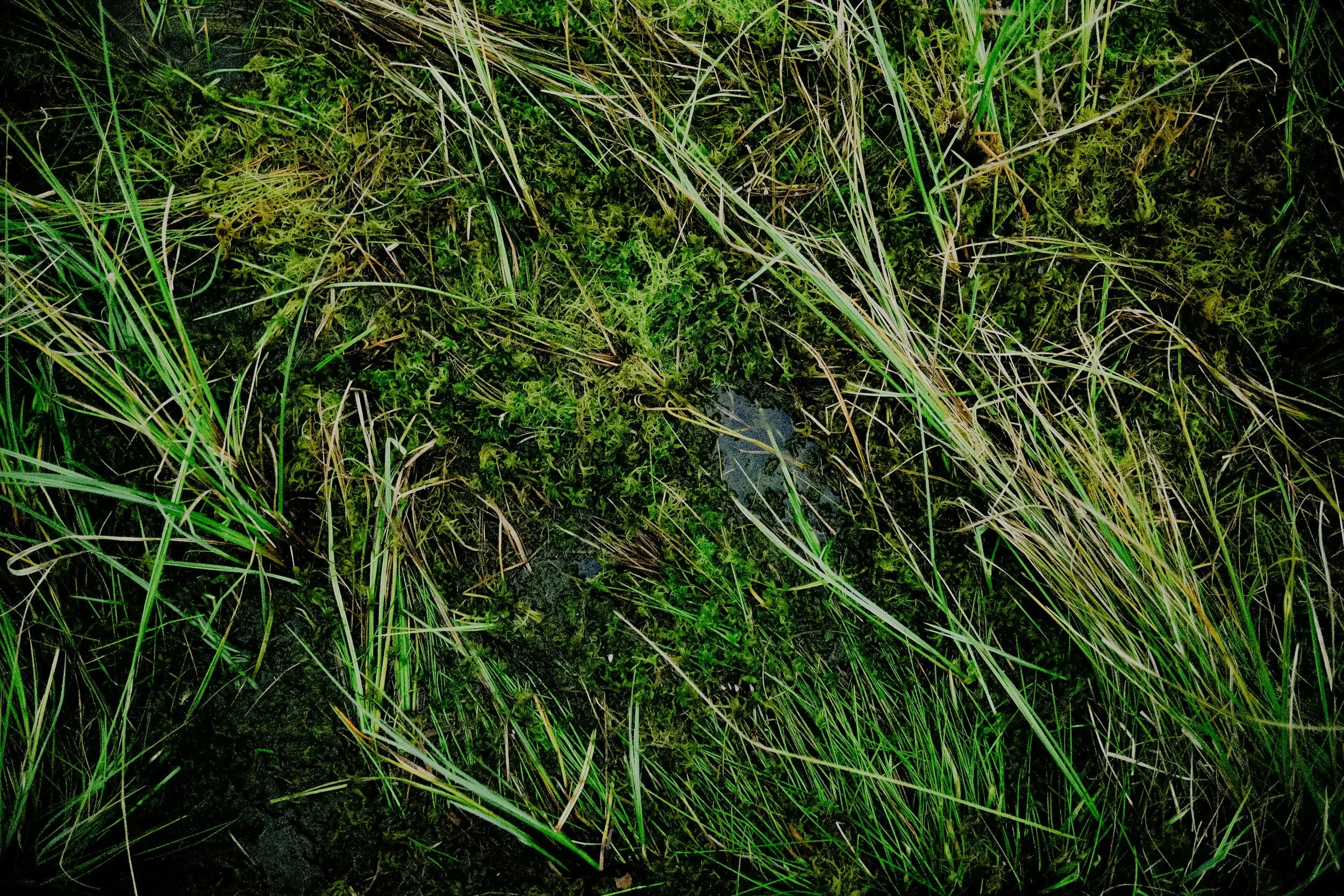Moss in Canberra Lawns: Causes, Prevention, and Control
G’day, Nikolai here from The Lawn Firm. If your lawn stays damp, thin, and dark, moss will move in. I see it across Canberra where shade, compaction, and poor drainage slow grass growth. Here’s my clear, Canberra-specific plan to stop moss and bring grass back.
How I identify moss fast
Colour and feel: Deep green, velvety mats sitting on the soil or thatch.
Spread: Patches expand where grass is weak.
Moisture: Areas stay wet longer after rain or watering.
Why moss thrives in Canberra
Shade: Trees, fences, and south-facing walls reduce light.
Compaction: Clay soils restrict air and drainage.
Surface water: Low spots and slow-draining profiles stay wet.
Low fertility / low pH: Grass stalls; moss fills the gap.
Scalping: Short cuts expose soil and invite colonisation.
First checks I run on site
Light check: Note hours of direct sun at morning, midday, late arvo.
Screwdriver test: Hard to push in = compaction.
Level and drainage: Look for puddles, ruts, or downpipe discharge.
Soil test: Confirm pH and nutrient status before any correction.
Prevention beats cure
Increase light
Lift lower branches or thin dense canopies (within council rules).
Redirect foot traffic that wears narrow, shaded paths.
Fix water movement
Core aeration to open clay and let water move down.
Fill shallow lows; redirect downpipes; use light top dressing to smooth ruts.
Water smarter
Deep, morning soaks, then allow the surface to dry.
Avoid night watering that leaves leaf wetness sitting.
Raise mowing height
Keep more leaf to harvest light in shade.
Never scalp; sharpen blades for clean cuts.
Fertilise for steady growth
Seasonal fertilising supports grass density.
If tests show low pH, plan a pH correction step.
Control once moss appears
Mechanical removal: Rake or scarify gently to lift moss without gouging soil.
Targeted treatment: Where needed, apply a moss control approach suited to turf surfaces, then wash off hard surfaces to avoid stains.
Sequence matters: Remove moss after you fix shade, water, and compaction, or it will return.
Aftercare that keeps moss out
Top dress 5–8 mm with fine sandy loam to even scars.
Overseed thin areas so grass closes the canopy.
Light feed to drive recovery without surge growth.
Maintain deep, less-frequent watering and a consistent mowing height.
Common mistakes we fix
Treating moss without fixing causes (it returns fast).
Scalping shaded turf trying to “tidy it up.”
Night watering that fuels disease and moss.
Skipping aeration on compacted clay soils.
My ACT timing guide
Autumn: Aerate compacted areas; repair levels; overseed and top dress.
Winter: Manage shade and leaf litter; avoid overwatering.
Spring: Remove remaining moss, feed, and thicken the sward.
Summer: Water early and deeply; use wetting agents only where soil repels water.
DIY or call The Lawn Firm?
You can lift small patches and raise mowing height yourself. For lawn-wide moss, sequencing is key. I assess light, drainage, soil, and traffic, then line up aeration, level fixes, moss removal, overseeding, fertilising, and watering so grass wins the space back, and keeps it.









